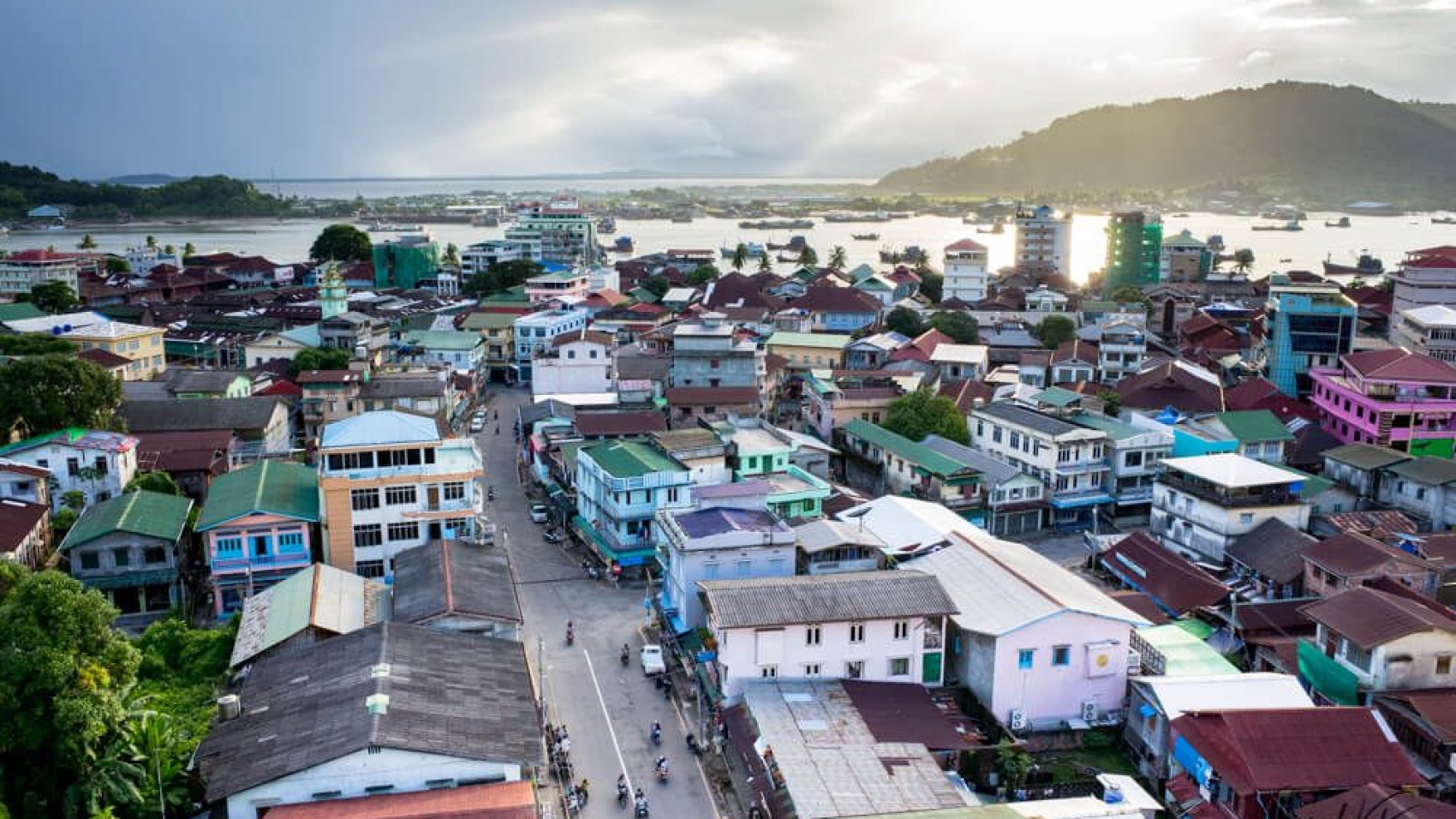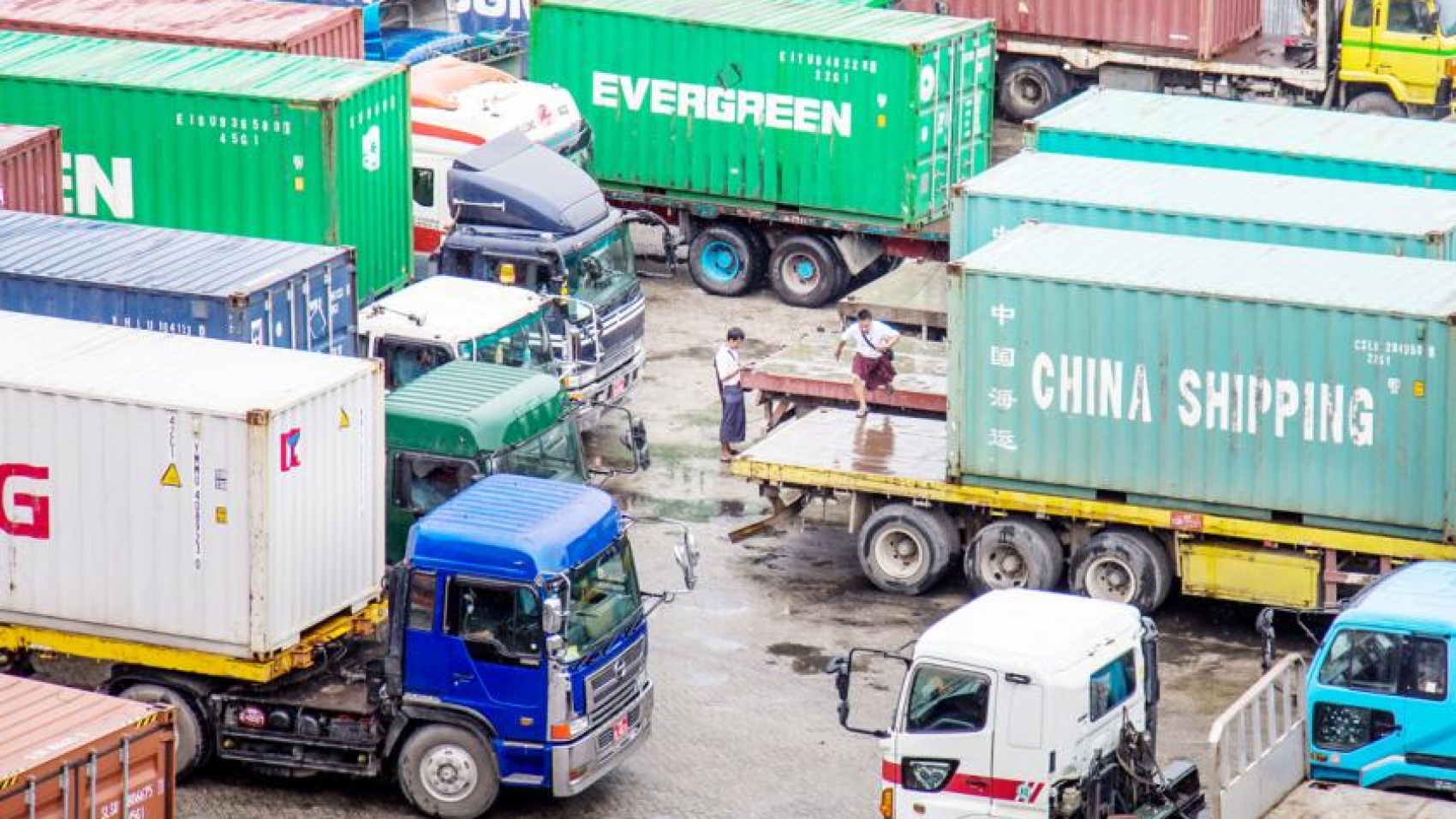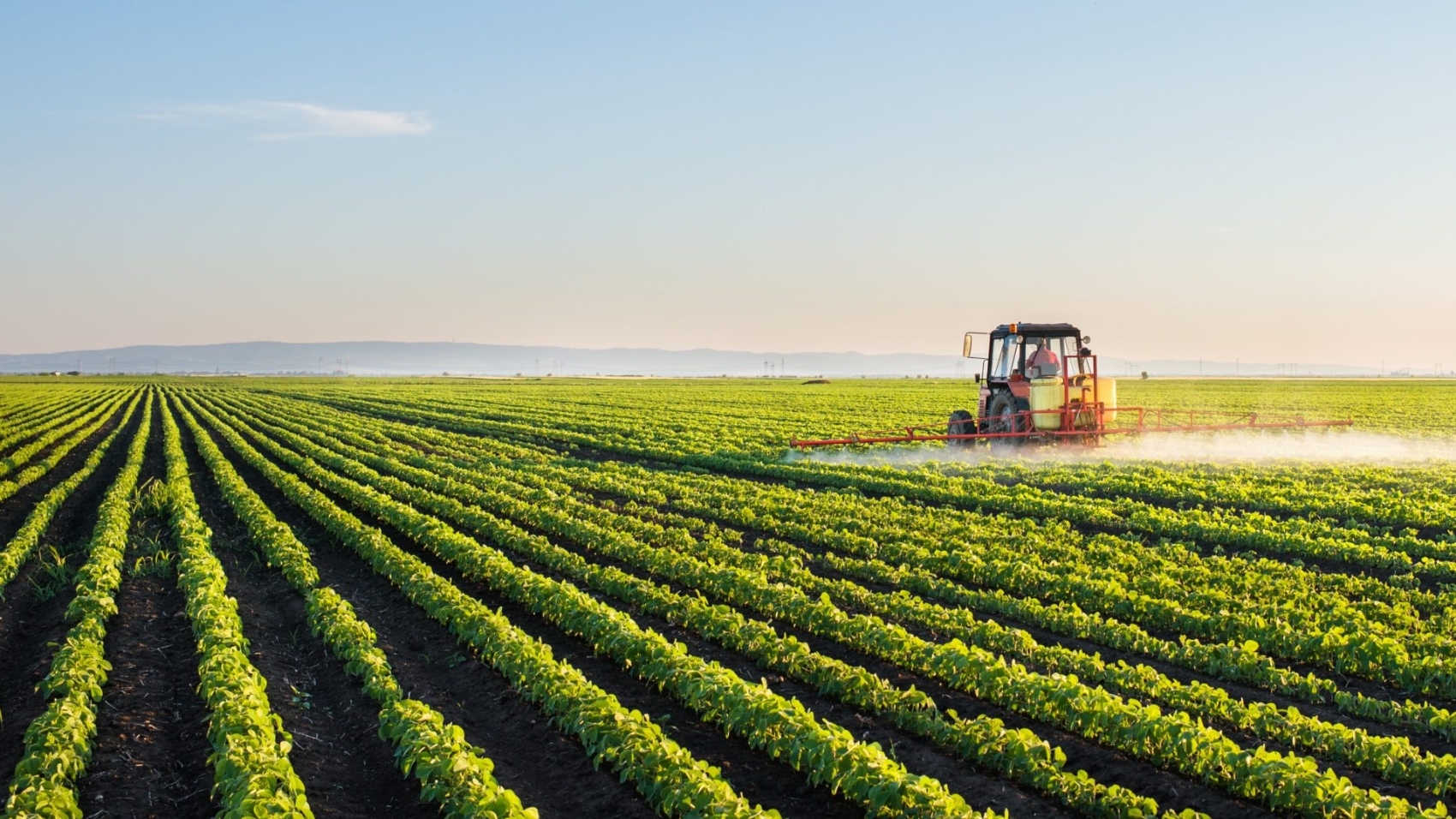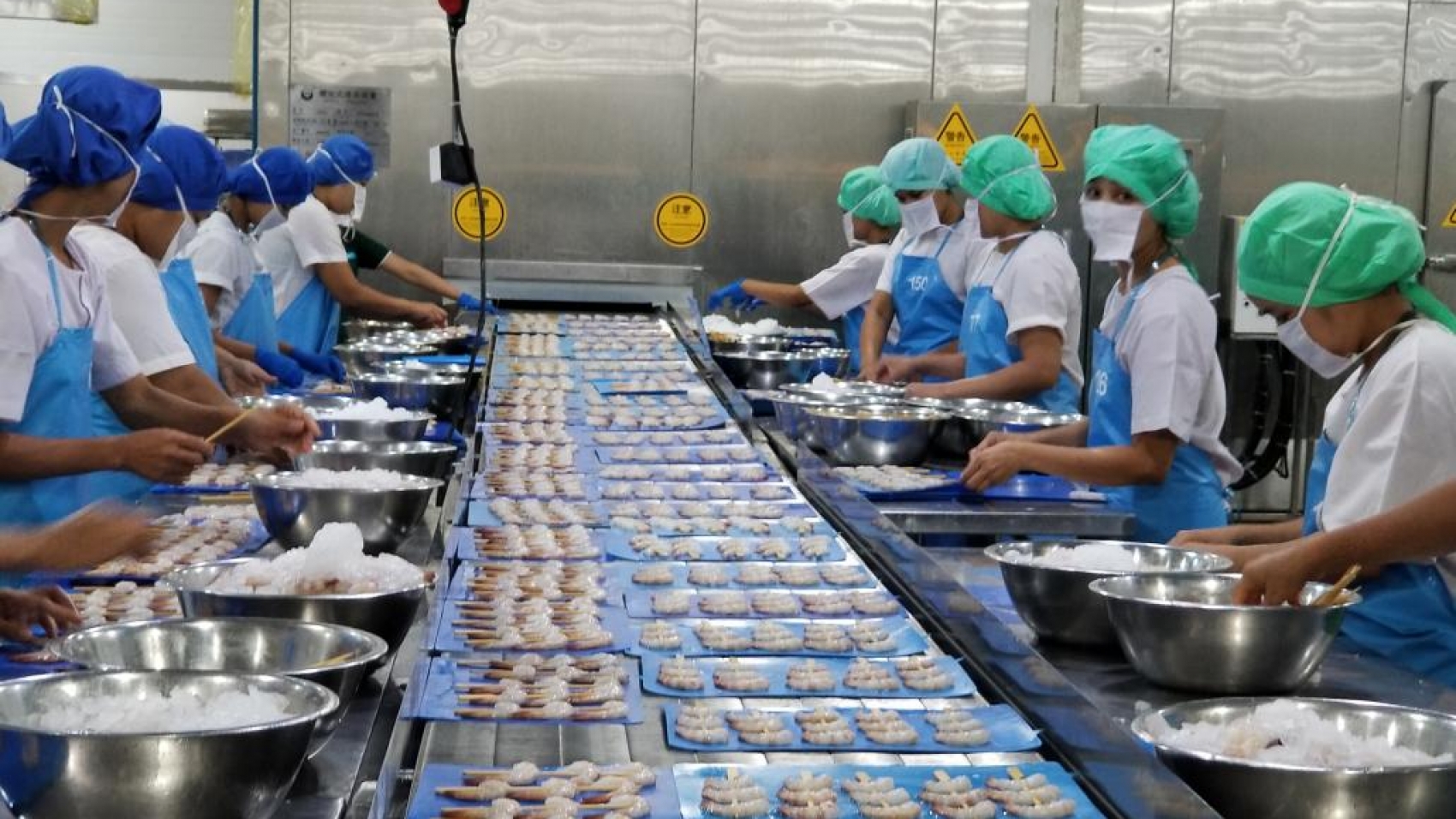The Forest Department under the Ministry of Natural Resources and Environmental Conservation called for competitive bidding to seek a three-year working permit for harvesting the edible bird nests which were out of stock during the spike of COVID-19 cases in Myanmar. “The islands of Myeik Archipelago in Taninthayi coastal region are habitats of swiftlets. The Forest Department has been managing those islands for years. Earlier, it granted the work permit once a year. Starting from 2020, the department gave green light to this business once every three years,” said an official of Taninthayi Region Forest Department.
The winner of the auction for harvesting the bird nests on the islands of Taninthayi Region can collect the edible bird nests between the 2021-2022 financial year and 2023-2024FY. Bidding will commence soon. The islands to harvest the edible bird nests are located in Dawei, Myeik and Kawthoung districts. According to open tendering rules and regulations, an individual businessperson must handle the work. Edible-nest swiftlets dwell in the Southeast Asian coastal region and they can be found in Taninthayi Region.
The work permit is changed from a yearly basis to once every three years for the sustainable production of bird nests. The edible bird nests production businesses boomed in the COVID-19 pandemic. Last year, the market saw an exorbitant price of bird nests. Moreover, with the price of edible birds’ nests rising, the number of breeders of edible nest swiftlets has increased in Myeik Township. Edible nest swiftlets are induced into making nests using bird-noise techniques at houses along the Strand Road in Myeik. This breeding business has become popular in the region, and many breeders are thriving, said breeders. Two types of nests are sold at the market: those from islands and those collected from breeding houses.
Source: The Global New Light of Myanmar






